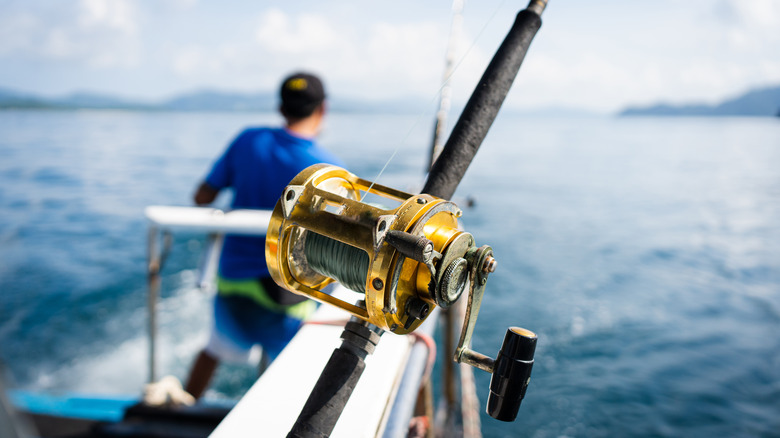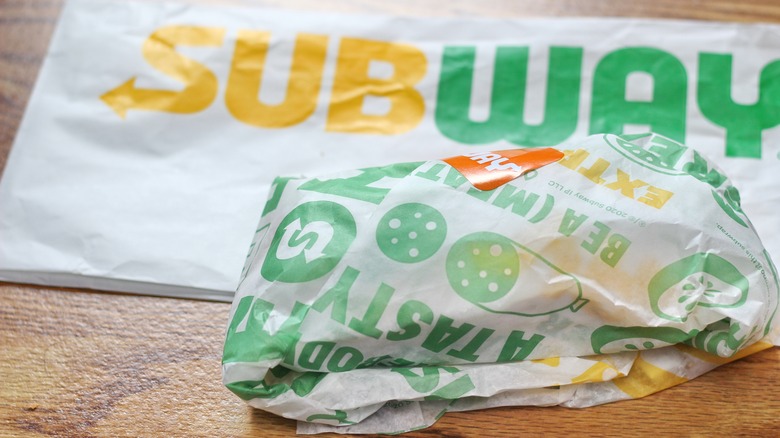The Crucial Difference Between Tuna Fishing Methods
There is a romanticism that hangs around seafood, especially in the image of a person flinging out a fishing line to individually catch the very fish that will later appear on your dining room table or in your favorite seafood restaurant. In the case of tuna, that is still sometimes the case.
In its list of the most popular methods for fishing tuna, Canned Tuna begins with pole and line fishing. Pole and line fishing, as its name may suggest, uses a reel-less pole to catch individual tuna fish that have snagged themselves on the line. Other methods include surface troll, which sends out multiple lines while the boat moves along; longline fishing, which issues forth one long line with many smaller lines dangling beneath; and purse seine fishing, which catches whole schools of tuna with a large net.
However, even though pole and line fishing conforms to our romantic concept of fishing (and remains a very sustainable method for fishing tuna), Smithsonian Magazine writes that most skipjack tuna caught in the western and central Pacific Ocean are caught with the purse seine method. Purse seine is less sustainable, but arguably more efficient. This means that it places a heavier burden on tuna populations. But the ramifications are far more widespread than that.
This is why Subway got sued
The difference between pole and line fishing and purse seine also informs the reason why Subway (who recently revamped their sandwich menu) can be sued over its tuna.
NPR reported on July 13 that a judge ruled against Subway's attempt to dismiss a lawsuit against their advertisement of using "100% tuna." Part of the reasoning behind the decision was that there were still unanswered questions about why a marine biologist found other animal DNA types in the supposed tuna, including chicken and pork. In fact, no tuna was found in 19 of the 20 samples. Whether that is truly the case has to be proven in court.
Subway claims on its website to source their tuna from the Pacific Ocean — in other words, the very area in which purse seine method is most popular (per Smithsonian Magazine).
The issue with the purse seine method in regards to the claim that Subway only uses "100% tuna" is that it's very possible to catch other fish in the net. The Australian Fisheries Management Authority claims that purse seine targets one species at a time as long as it's not used with a Fish Aggregating Device (FAD). An FAD attracts a large number of fish to an area, causing them to be caught together. Such devices are banned in Australia, but, as Greenpeace points out, FADs are still commonplace. So, depending on how your tuna is caught, you may be eating pure tuna ... or an amalgamation of marine life.

